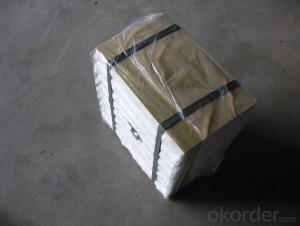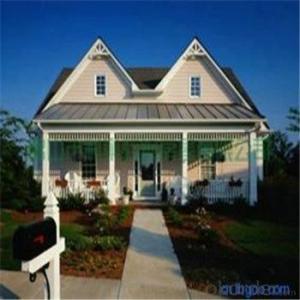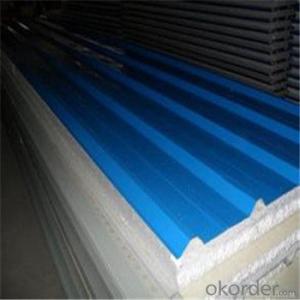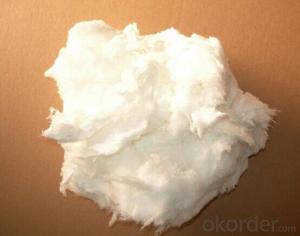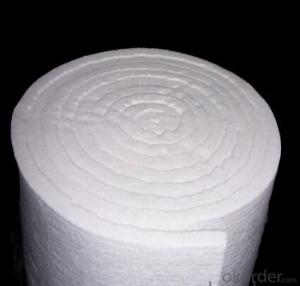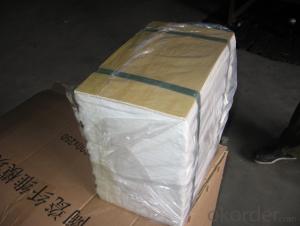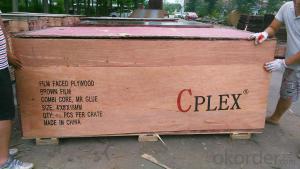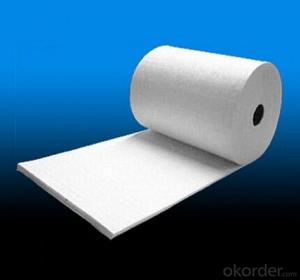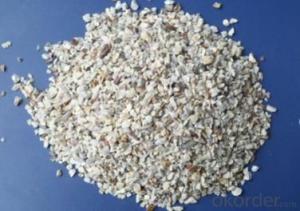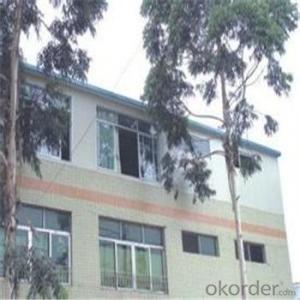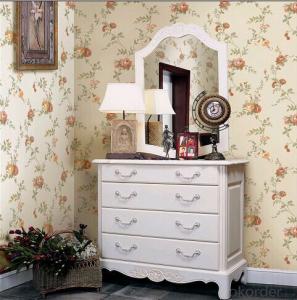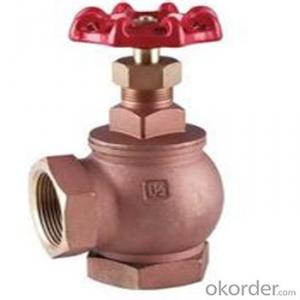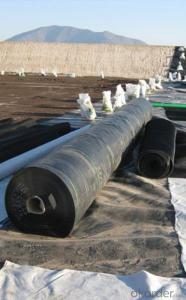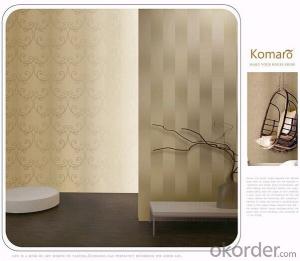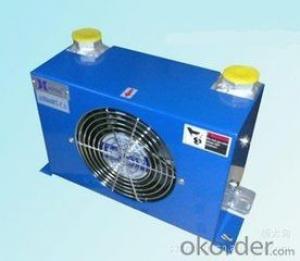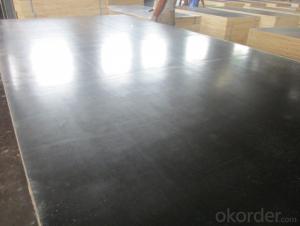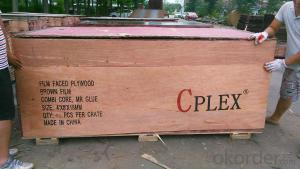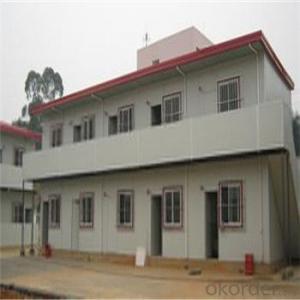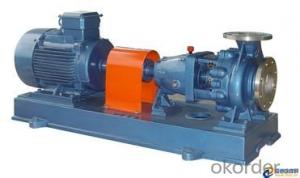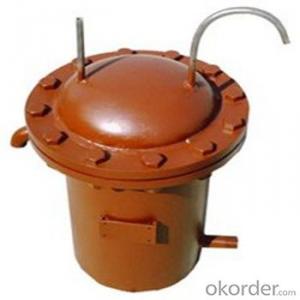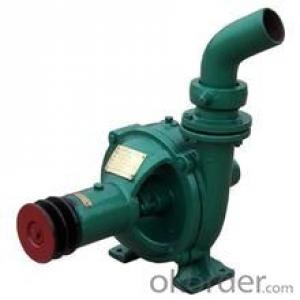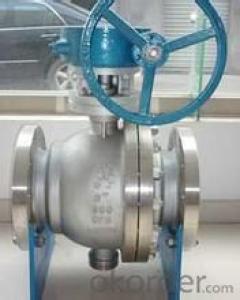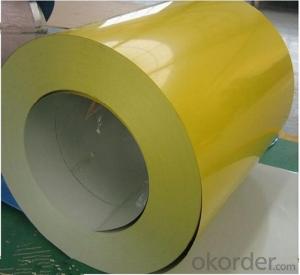Sellador De Geomembrana
Sellador De Geomembrana Related Searches
Geomembrana De Pvc Geomembrana De Hdpe Pegamento Para Geomembrana Hdpe Venta De Geomembrana En Mexico Venta De Geomembrana En Honduras Venta De Geomembrana En Puebla Geomembrana Para Ollas De Agua Lona De Geomembrana Ollas De Agua Con Geomembrana Bolsas De GeomembranaHot Searches
Tanque De Geomembrana Tanques De Geomembrana Tanques De Geomembrana Precios Tanque De Geomembrana Tanques De Geomembrana Tanques De Geomembrana Precios Tanque De Geomembrana Tanques De Geomembrana Tanques De Geomembrana PreciosSellador De Geomembrana Supplier & Manufacturer from China
Okorder.com is a professional Sellador De Geomembrana supplier & manufacturer, offers integrated one-stop services including real-time quoting and online cargo tracking. We are funded by CNBM Group, a Fortune 500 enterprise and the largest Sellador De Geomembrana firm in China.Hot Products
FAQ
- Aluminum coils are protected from damage during transportation through various measures such as using protective packaging materials like plastic or wooden crates, securing them with straps or bands to prevent movement, and using padding or cushioning materials to absorb shocks and vibrations. Additionally, coils may be wrapped in protective films or coated with anti-corrosion agents to safeguard them from environmental elements during transit.
- The production of beverage cans relies heavily on aluminum coils, which serve as a critical component. These coils, essentially flat and thin aluminum sheets, are wound into a coil shape. To begin with, the aluminum coils undergo unwinding and are fed into a machine that applies a thin layer of protective material, typically a polymer. This coating serves to prevent any interaction between the aluminum and the beverage, thereby preserving its taste and quality. Subsequently, the coated aluminum coils pass through a series of rollers that gradually shape them into a cylindrical form. This process, known as cupping, involves transforming the flat coil into a cup-like shape, which ultimately becomes the body of the beverage can. Once the cups are formed, they undergo trimming to achieve the correct height and diameter. To minimize waste, any excess aluminum is recycled. Following this, the cups are cleaned and rinsed thoroughly to eliminate any impurities. After the cleaning process, the cups are conveyed through another machine that applies a liquid compound to their inner surface. This compound acts as a barrier, preventing any potential reactions or contamination between the aluminum and the beverage. Following this step, the cups are shaped into the final can body by being pressed between a top and bottom mold. These molds are designed to give the cans their distinctive shape and ridges. Any excess aluminum is trimmed off, and the cans undergo another round of cleaning to ensure their purity. Finally, the cans are sent for filling with the desired beverage, sealing, and labeling. Once these processes are completed, the cans are packaged and dispatched for distribution. In conclusion, aluminum coils are an essential element in the production of beverage cans, providing the raw material from which the cans are made. Through a sequence of procedures encompassing coating, cupping, shaping, and cleaning, the aluminum coils are transformed into the final can bodies. These cans are then filled, sealed, labeled, and prepared for consumption.
- Yes, aluminum coils can be used in the manufacturing of window frames. Aluminum is a lightweight, durable, and corrosion-resistant material, making it a popular choice for window frames. Coils allow for efficient production and customization of window frame shapes and sizes.
- Please tell me the the size of the piece of aluminum that you give the weight messurements.
- This Site Might Help You. RE: How much does Pure Aluminum weight, and what is its density or durability? Please tell me the the size of the piece of aluminum that you give the weight messurements.
- Which is more unhealthy the bleached parchment paper or the aluminum from the pan?
- If what you are cooking is going to stick to the foil pan, then use some parchment paper to prevent it. Otherwise, the purpose of foil pans are so you can use them and throw them away.
- There are several types of edge conditions for aluminum coils, including slit edge, mill edge, deburred edge, round edge, and beveled edge. Each type has specific characteristics and is used for different applications in industries such as construction, automotive, and aerospace.
- The elongation capacity of aluminum coils pertains to the extent to which the coils can be stretched or lengthened before they surpass their breaking threshold. It serves as an indicator of the material's ductility or its capacity to undergo plastic deformation without experiencing fracture. Generally, aluminum coils demonstrate a notably high elongation percentage, usually ranging between 10% and 30%, signifying their considerable stretchability prior to breakage. This particular attribute renders aluminum coils fitting for diverse applications necessitating flexibility and resilience, including the production of electrical cables, automotive components, and construction materials.

